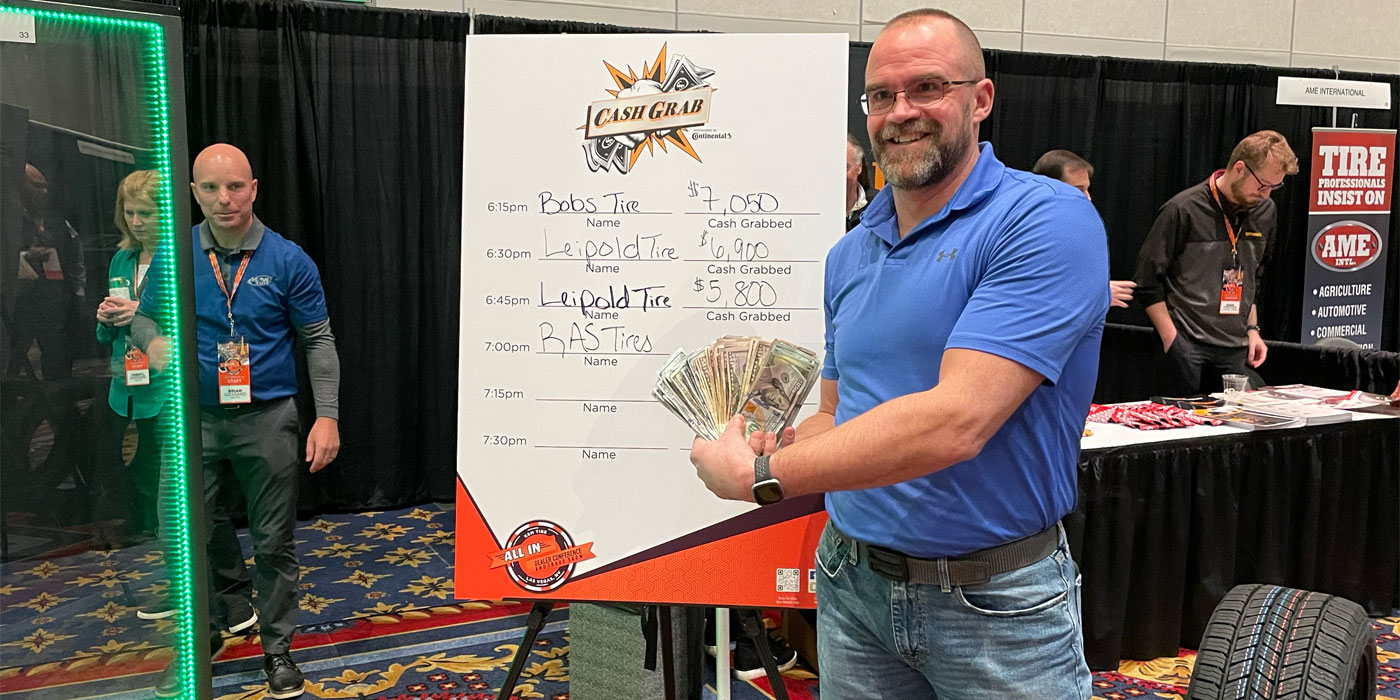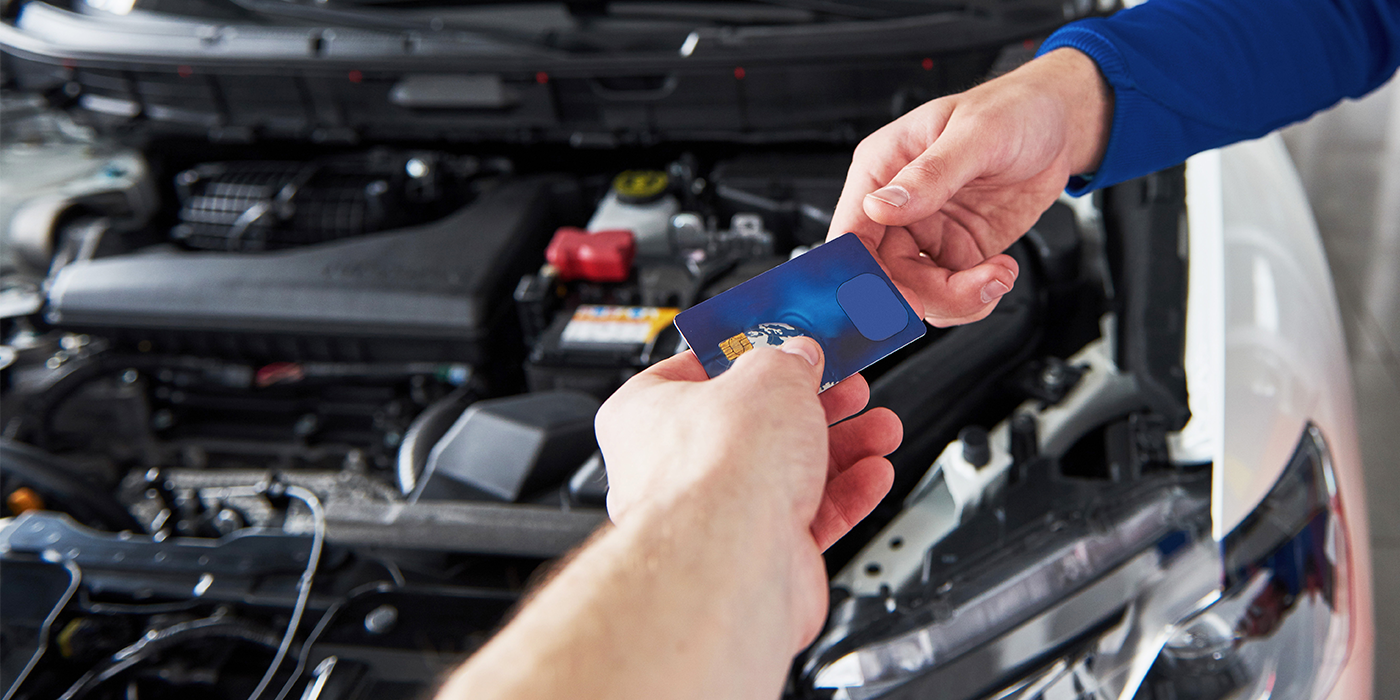Sales are great, registers are buzzing, customers are plentiful. Still, at the end of the month, profits are weak and balance sheets aren’t balancing.
Has this ever happened to you?
If you’re in the business of running a business – as all tire dealers are – chances are good it has. So, just what is going on here? Do you need an expensive, sophisticated software system or a consultant with a doctorate to figure it out?
Maybe. But not necessarily. The problem could be the sales themselves. As contradictory as it sounds, profits can be down while sales are up, and it can happen for a variety of reasons.
Of course, you already know one surefire way to sink profits: Sell unprofitable products. Hopefully, you pitch profit-boosting tires and services more often than margin sinkers.
Some sales can be just as unprofitable as certain products. Is this a radical concept? Not really. The concept is already widely used in many industries, including automotive.
Beyond Sticker Price
Every customer transaction costs your business money. And, I’m not just talking about labor and the cost of the tires. Everything that requires cash outlay – the building and equipment, utilities, bookkeeping procedures, and so on – has the single purpose of serving customers. These are all hidden costs of serving customers.
For an analogy, look no further than the vehicle-buying process. The popular car-buying Web site, Edmunds.com, lists TCO – true cost to own – for each vehicle it reviews. TCO represents the total cost of owning a vehicle, from purchase all the way through the maintenance lifecycle and, finally, to its eventual sale as a used car. Long-term costs of owning a car include depreciation, loan interest, taxes and fees, insurance premiums, fuel, maintenance and repairs. It’s the real price of a car, beyond what the sticker says.
Note the emphasis on “long term.” That’s key to the whole concept. You know, perhaps all too well, that over time, some vehicles cost more than others due to frequent repairs, high insurance costs and so forth. Every customer has choices: Buy a high-priced, more reliable car upfront and save later in maintenance costs. Or, buy cheap and pay later for repairs. Buy a sports car for looks and settle for high insurance costs. Or, buy a more modest vehicle and save on insurance. It’s all about priorities.
As a tire dealer, your top priority is making money, right? Well, if you approach your business operations the same way most people face the vehicle-buying decision, you can see that each customer has a TCS – total cost to service. Every customer comes with his or her own price tag, beyond what the sticker says.
The Good and the Bad
Ask yourself which of these customers you prefer: Customer A comes into your shop regularly for service without being reminded. He rarely argues with price estimates, asks your salespeople few questions and always purchases your most profitable tires and vehicle services. Customer A is the type that hands you the keys and says, “Do what needs to be done.”
Customer B only visits your dealership when you’re offering a special discount. He spends an hour asking your front-counter employee to compare several of your most unprofitable lines. He complains frequently about price estimates or even refuses to pay.
The answer should be obvious. Customer A will yield higher profits, consume less of your employees’ time and readily pay for services. Customer B has a much higher TCS.
The concept applies to business-to-business operations, as well. If you’re a tire distributor, you, of course, prefer that customers purchase high-margin products regularly, complain rarely and pay on time.
If you’re a retailer that sells to businesses, size up your business deals. Do your commercial customers pay on time and purchase profitable products and services? Do they compete directly with you?
Selling to competitors might put instant money in your pocket, but consider the long-term costs of selling to businesses such as car dealers or mass merchants. Often, a very high long-term TCS is attached to that sale.
Ask yourself: Are you selling profitable tires to car dealers at competitive rates just to watch them make a profit? When you need them, will they be there for you? Will they strip your business of repair work because they keep servicing information to themselves?
Determining TCS
So, just how do you calculate each customer’s long-term, hidden TCS?
The answer might be found by looking at other industries. Big technology and financial companies pinpoint their highest- and lowest-cost consumers all the time. They call it customer profitability analysis or customer segmentation, and they use sophisticated – and expensive – software that does ‘activity-based costing’ to figure it all out.
But it doesn’t have to be that complicated. A small- to mid-sized business like an independent tire dealership can also analyze customer profitability by noting customer habits and keeping track of expenses associated with servicing.
Start with the direct costs of the products and services each customer purchases. Then, add additional costs for every other activity involved in servicing the customer. Some companies just look for warning signs that signal unprofitability, such as late payments, excess service calls, numerous returns or frequent complaints. Organize customers into groups: profitable, not profitable and borderline.
Following the 80/20 rule of business (accurate in most cases), your very profitable customers (your As) will make up 20% of your customer base. About 60% of your customers will be moderately profitable (Bs), and about 20% will be unprofitable (Cs).
Use TCS to Boost Profits
Once you pinpoint your As, Bs and Cs, the next step is to take action. Before you do that, though, be sure to ask yourself if customers are unprofitable because of their behavior or because your costs of doing business are too high. Be honest; maybe the problem isn’t unprofitable sales but unproductive and costly procedures.
Let’s say that your costs are reasonable compared to others in your industry, and your problem is indeed unprofitable customers. Profits will grow if you reward A customers and provide incentives for B customers to become As.
How do you do that? For starters, focus marketing efforts – and dollars – on A customers. Send your most profitable customers letters promoting specials and discounts. Do not offer similar deals to your unprofitable customers.
Ever wonder why airlines have platinum, gold and silver customers? The answer is customer segmentation. Airlines provide special benefits, rewards and services for their best and most profitable customers. This strategy has two benefits: It builds loyalty among elite customers and encourages the rest to move up the status ladder. Tire dealers, too, can establish customer status levels based on profitability.
Turn B customers into A customers by showing them the benefits of becoming As. You can also bundle more-profitable vehicle services with less-profitable tire lines to convert your Bs. If a customer buys a low-margin tire, pitch high-margin service, and vice versa.
If you have Cs – completely unprofitable customers with no hope of ever becoming As or even Bs – you might have to resort to drastic measures, which can include raising prices or charging fees for nonpayment or other behavior that wastes your time and business resources. You may even ‘fire them.’
It may sound harsh, but companies drop unprofitable products all the time. Why not unprofitable customers? While it feels good to say the customer is always right, in the down-and-dirty business world, the customer is sometimes wrong. Ask yourself if it is right for you to sell to all of your customers at the same price when one costs you significantly more to serve than another.
Also, when your valuable business resources are used excessively on unprofitable customers, the more profitable ones often suffer from the resulting poor service experience. And, that will only cause further damage to your bottom line.
Remember that every business transaction costs you money. Profits do not necessarily arise from healthy sales numbers; it’s TCS that ultimately determines long-term profitability.
Couched behind the complex concepts of customer segmentation, profitability analysis and activity-based costing is a surprisingly simple lesson: Don’t be so concerned with making sales that you pursue business that’s not good for you.













